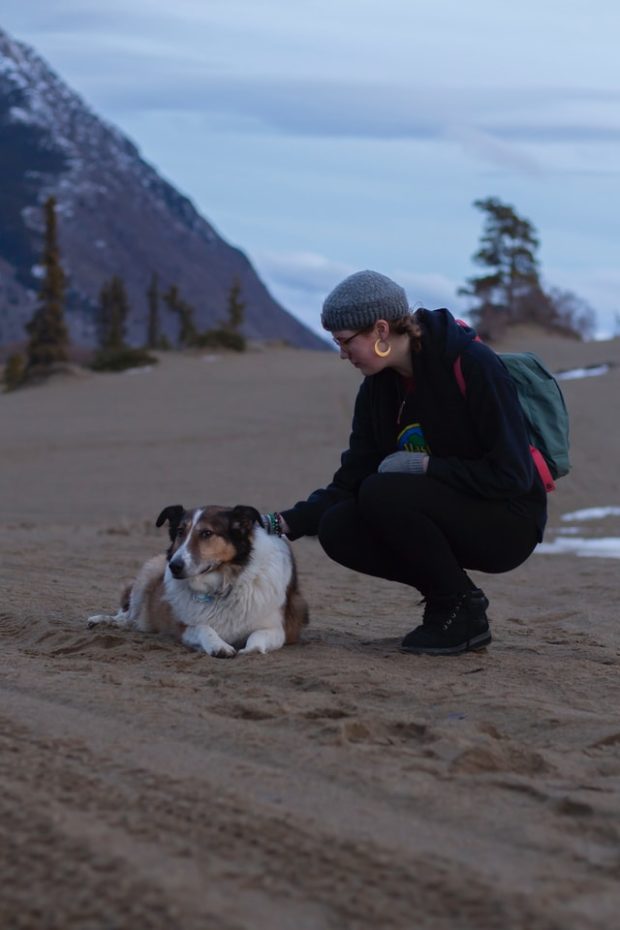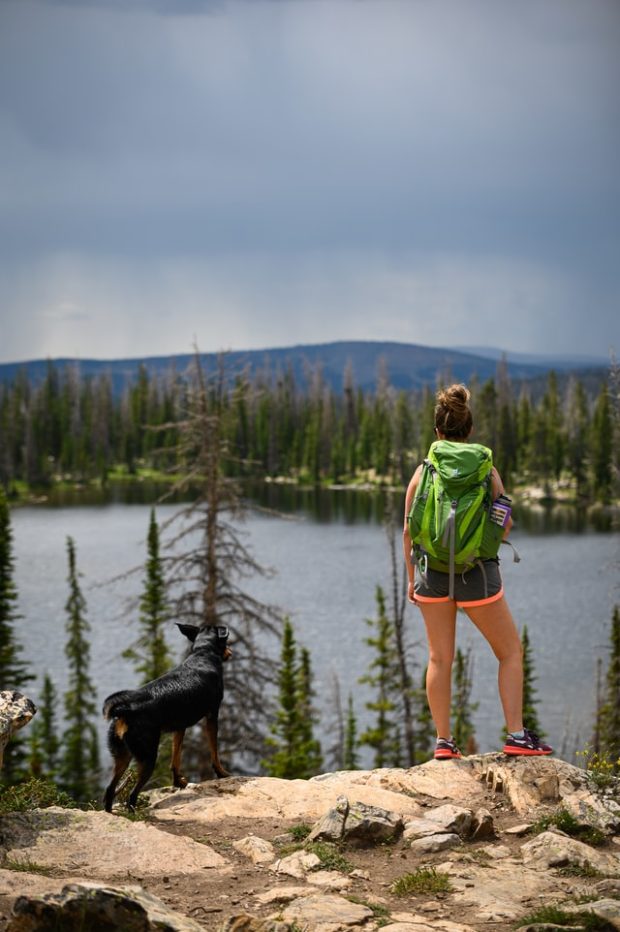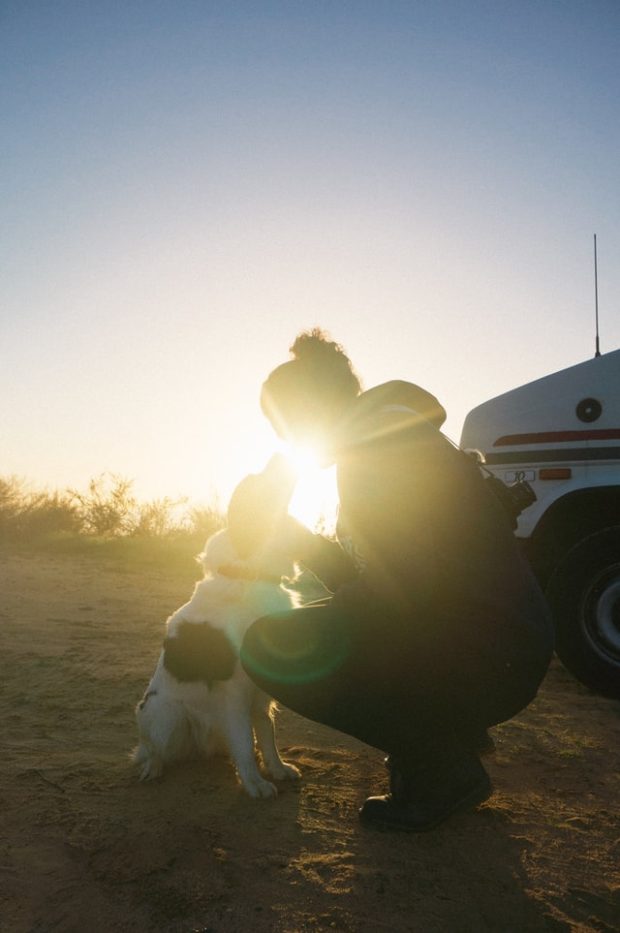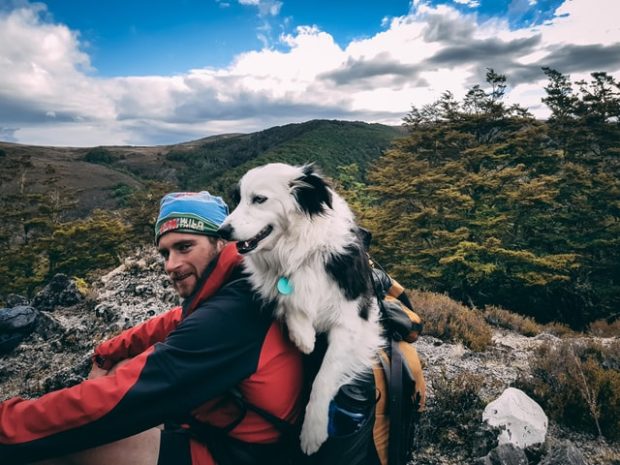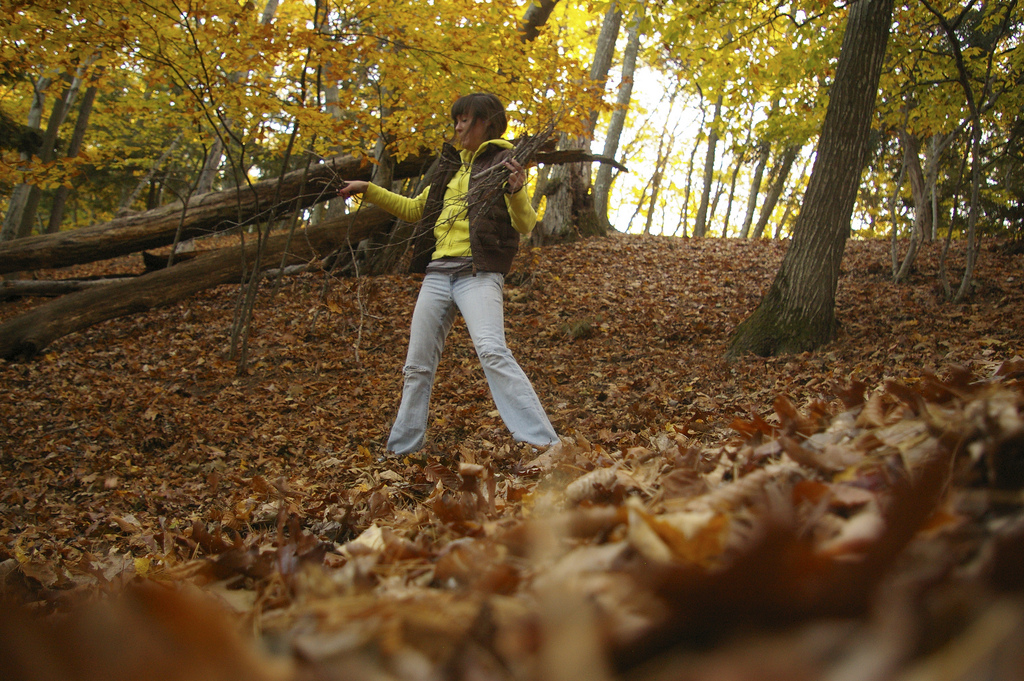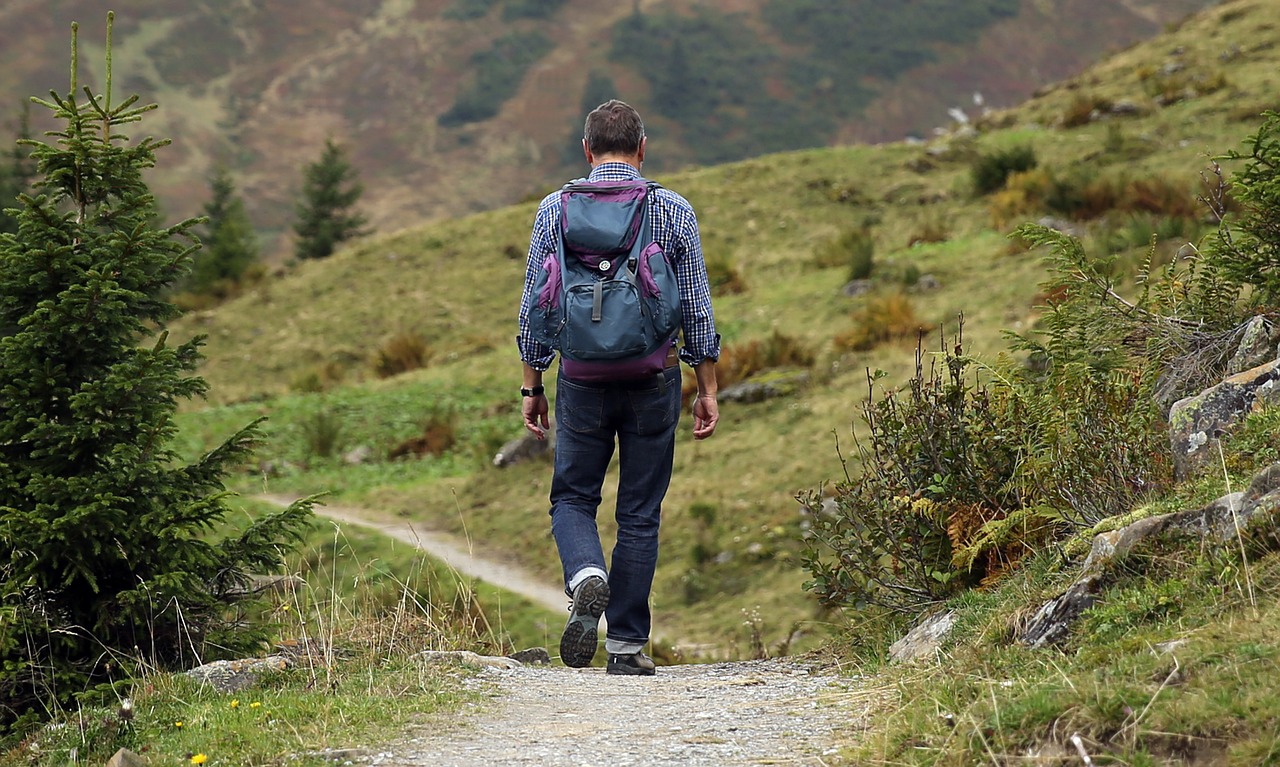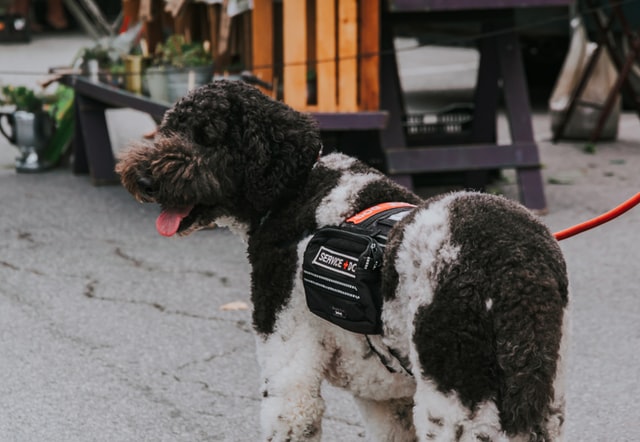Nothing feels better than roaming the great outdoors with your trusty canine companion by your side. Even better, backpacking with your pooch can be a great activity to bond with your favorite pal, make lifetime memories, and get a good workout in at the same time.
There’s a lot to prepare when it comes to backpacking even without a dog, so we have some tips you should follow before you set out. Don’t bring your furry friend along until you’ve covered all these bases!
Check the Rules on Bringing Dogs into National/State/Public Parks
If you do not have experience backpacking with dogs, you might be unaware how many famous national parks disallow dogs entirely. Some parks allow dogs, but only on a leash or in certain controlled areas.

Popular national parks with dog bans include:
- Rocky Mountain National Park
- Yellowstone National Park
- Great Smoky Mountains National Park
- Zion National Park
Sad as it is not to bring your pooch into Yellowstone, these are fair and important rules. Protected environments, like national parks, have extremely sensitive biodiversity that can be crippled by a dog and its natural behavior. Even if your dog is a good boy, parks need to be extra careful not to let dogs roam wild.
So before you book out a campsite or plan a hike, check the rules! Also, read the leash laws in your destination park.
Prepare for Ticks and Vet Emergencies
You should always have a backup plan for you and your fellow hikers in case of an emergency, and the same goes for your pets. Ask yourself the following questions to prepare for an emergency, in the event that one may happen.
- Where is the nearest vet?
- How can I transport my pet to the nearest animal hospital?
- Do I have tick removal kits and bandages in case they get hurt?
You might be surprised at the number of ticks a dog can accumulate in the woods. Check your dog thoroughly and regularly for ticks. They’re much easier to remove early before they’ve burrowed deep into the skin, and failing to remove a tick can cause an infection.
Make sure you take your dog to the vet before the backpacking trip. Your vet can determine whether or not your pup is in shape for a journey, and they can keep them up to date with vaccinations, medications, and give you the advice to keep your dog in good health throughout your adventures.
Use the Right Gear
No surprise: one of the most important parts of backpacking is the backpack. Having a solid backpacking backpack will set you up for success. Don’t sacrifice your back health for the sake of saving a little extra cash!
The right backpacks and accessories can easily be found at stores like REI or Backcountry Gear. There are hundreds of options out there and they vary widely depending on your build, trip duration, weight requirement, climate, and more. Do your research!
The right outdoor gear and accessories can also make your trip more convenient and enjoyable as well as save you more time rustling around your pack. Cute dog-themed phone pouch, anyone?
Don’t Overburden Your Dog
Dog backpacks are a thing, and they can be incredibly convenient for your backpacking trip! But weighing down your dog can be terrible for their health, so only pack very light things in their dog bags.
Don’t give them heavy dog food, water, cans, or other gear. Stick to small accessories like leashes and make sure the weight distribution is even on either side of your dog’s back.
Be Responsible About Dog Waste
You might be tempted to think, “Other animals go to the bathroom in the forest and it’s totally natural. Why should I pick up after my dog?”
It’s pretty simple. The native animals in that land are likewise eating native plants and/or other native animals. They’re recycling what the same nature gives to them. Your dog’s waste could damage the ecosystem by introducing new bacteria or other foreign substances into a sensitive biome.
If your dog poops, you should scoop — even if no one’s watching!
Know Your Breed
Some dogs (especially small dogs) are not cut out for a long backpacking trip. They simply do not have the stamina, and forcing them to walk for hours a day could potentially injure them.
Knowing how far and fast your breed can travel is another thing to research and ask your vet. Your dog might also be too old or have inadequate health for the journey. They might also overheat on a summer hike if they’re super furry!
Don’t be fooled: even if your dog breed is super strong and burly, they still might not be cut out for long hikes. Dogs like pitbull terriers, for example, are very strong but have limited endurance.
Microchip and Tag Your Dog
Anything could happen while backpacking, and you have to prepare for even the most unlikely scenarios. Even the best-behaved dog could flee at a strange noise, run from a predatory animal, or get stuck on the other side of a body of water and get lost. That’s why it’s so important to make sure your dog has an ID tag with your contact information and a microchip that a vet could identify. If you’re in a truly wild landscape, you should make the right preparations to ensure your dog has a way to come back to you.
Have the Right Training
A dog who doesn’t know essential commands like “stay” and “come” isn’t suited to an intense backcountry hike. Work with your dog on these basics so they don’t get lost or injured or approach a wild animal. Make sure you bring a lot of treats so you can reward your dog for following your commands properly.
Have Fun Backpacking
Going on a wilderness adventure with your treasured animal companion can be a phenomenally rewarding experience for you both. Take the right precautions and pack carefully and you’re sure to have a fantastic time!
Article By Cyd Ross





